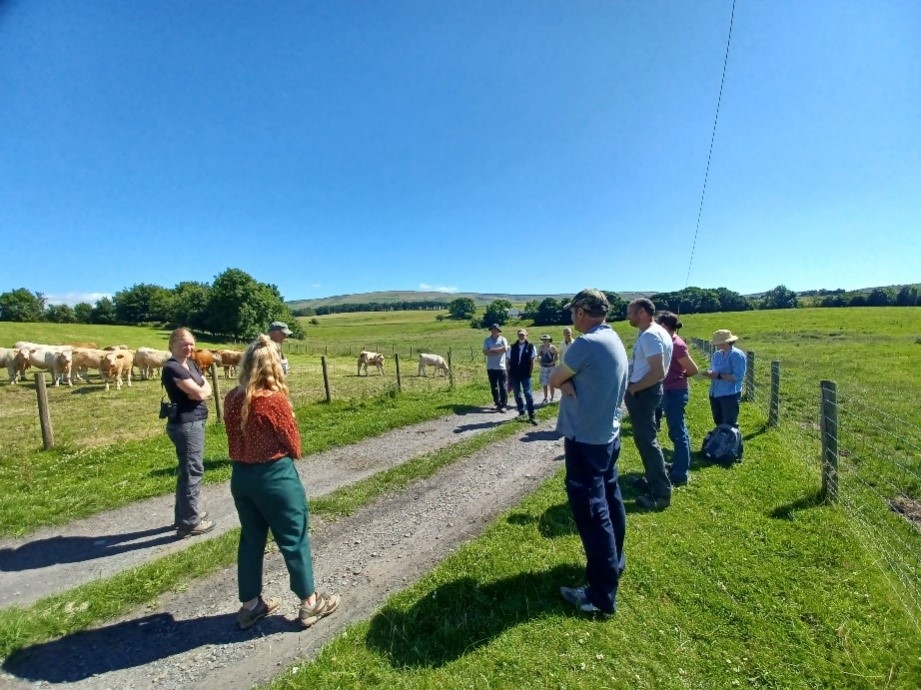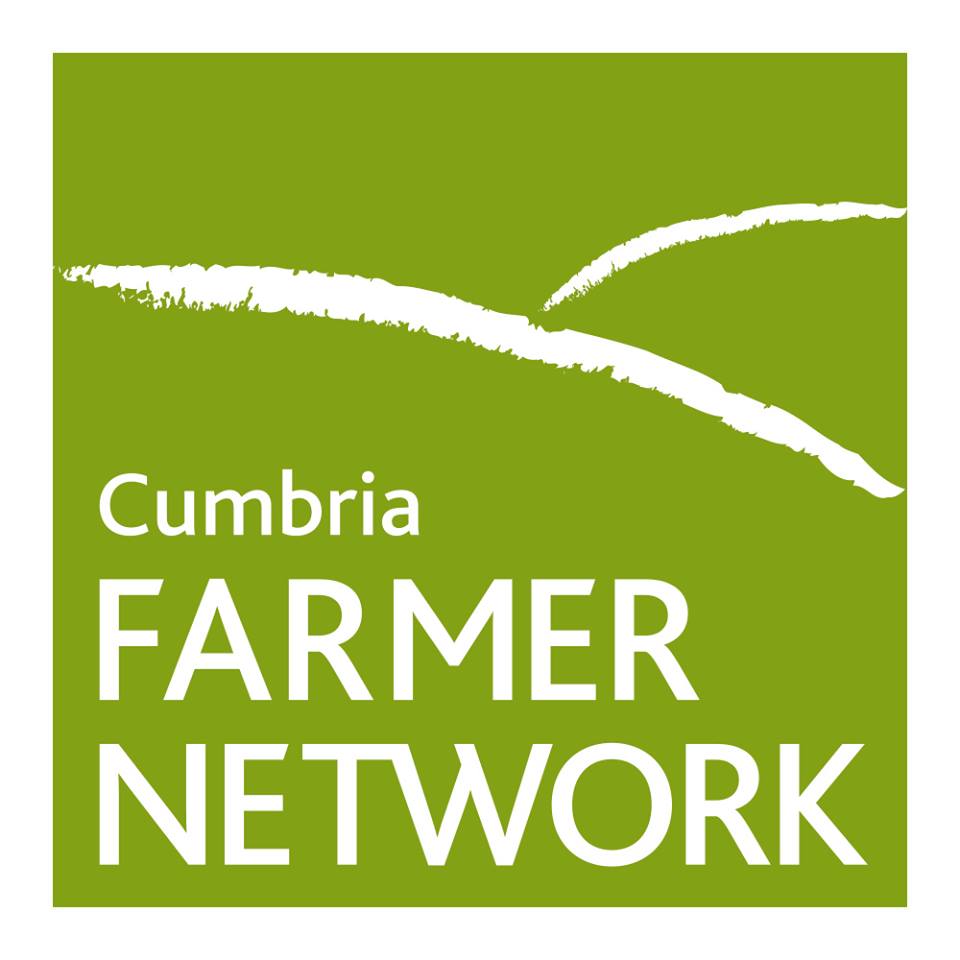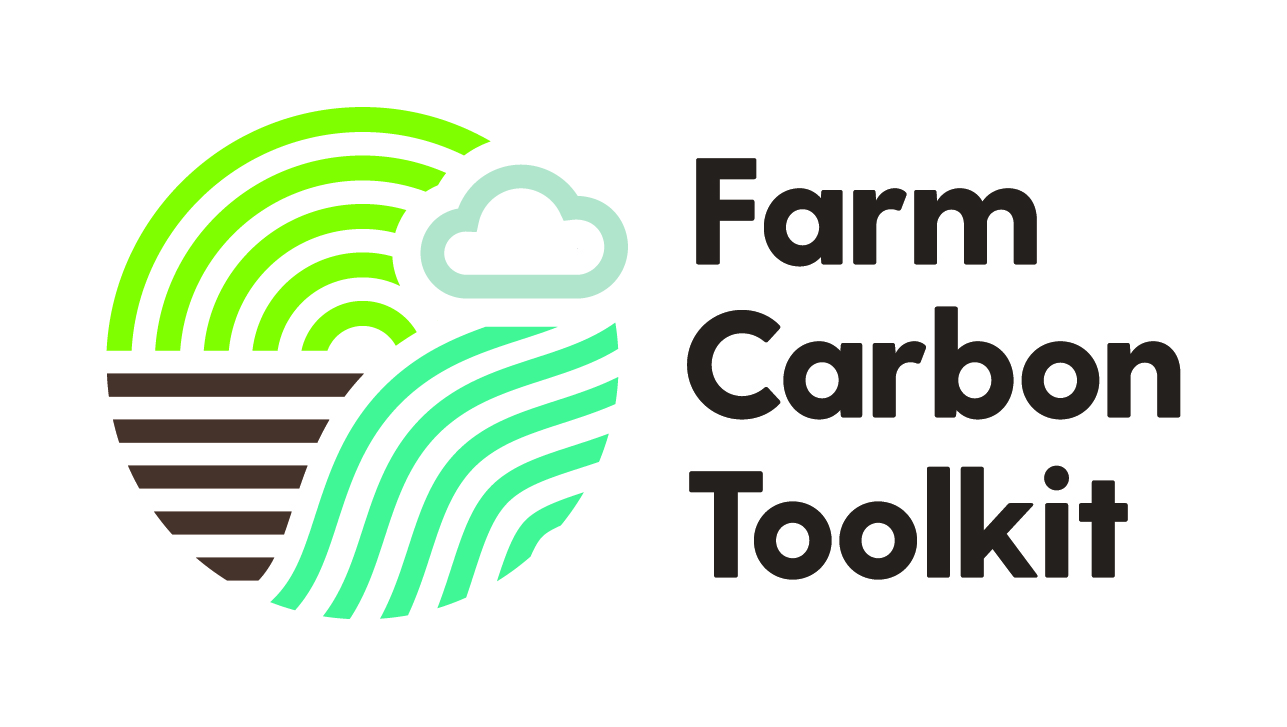What we do
Farm carbon foot-printing
In December 2021, five farmers from the Fellfoot Forward Landscape Partnership Scheme area participated in a carbon foot-printing project, in association with the Farm Carbon Toolkit. Based in proximity to the North Pennines AONB, these five businesses demonstrated how livestock farming can work in conjunction with the wider landscape to produce quality food whilst providing environmental services such as water and air quality alongside carbon capture and storage.
A carbon footprint is a measure of the balance between the total emissions and total sequestration associated with a particular business or product. For this project, the whole farm was measured to include all of the enterprises within a farming business. When we discuss carbon we are actually referring to CO2e, or carbon dioxide equivalent, which is a measure of the three main greenhouse gases – carbon dioxide, nitrous oxide, and methane. Different greenhouse gases have different dynamics within the atmosphere, consequently having higher or lower warming potentials and thus potency. Therefore, carbon as a term encapsulates all three of these gases under one metric so we can compare items such as fuel alongside the biological systems seen in livestock like for like.

To produce a carbon footprint, the farmers were asked to collect a variety of data associated with their business, including items such as fuel and water usage, livestock numbers, and quantity of materials used for activities like silage wrapping or maintenance. Alongside these figures, it was also important to record the natural capital of each farm holding – the resources found in the farmed environment which are managed as part of the business but provide wider ecosystem services and value – such as areas of woodland, length of hedgerows, soil organic matter, and specific habitats such as floristically enhanced margins or wetlands. When all of these details had been recorded, the data was entered into the Farm Carbon Calculator to produce a carbon footprint detailing the balance of emissions and sequestration found at each farming business.
For the farms included within the project, action plans were created to highlight where emission savings can be made or sequestration opportunities maximised. All of the farms were found to be likely to be able to reach a Net Zero, if not already in this position. A large factor on many farms to each this target is proper accounting of carbon held within the soil as organic matter. For the Fellfoot Forward area farmers, who are in majority grassland systems, livestock can be utilised as a tool in which to increase organic matter in soils – either through grazing systems and the capture of sunlight to be stored as carbon, or through the return of manure to pasture for nutrient cycling. To fully account for the potential sequestration of carbon through the building of organic matter in soils regular testing should be conducted to measure and monitor the levels found in soils. If, as on many farms, there has been no prior soil organic matter testing the best advice would be to select three or four key fields within the farmed area which are representative of the systems within the business. For example, if the farm was in a grass-based system, a field which is usually cut for silage, one only grazed, and a traditional low-input or hay meadow would demonstrate potential underlying trends in organic matter across the landscape. Equally, if there is a range of soil types or diversity of land use on a single farm, it would be perhaps useful to test fields representative of these features to better understand trends and consequently the best management approach to conserve existing carbon and build stocks in the future. As ever, when testing soils, aim to minimise external variation by ensuring consistency in the laboratory used and the time of year when sampling.
The project with the Fellfoot Forward area farmers demonstrated the variety of approaches to upland livestock farming, from number or type of stock to the management required to protect and enhance vulnerable habitats within their farmed area. Some of the farms included in the project had areas of peatland within their management, using cattle or sheep to maintain and conserve the landscape in association with government or local schemes to the benefit of the wildlife and ecology found there. Peatlands are a vast store of carbon and consequently the condition of this landscape could greatly impact upon the land managers responsible for its status. More information is required to fully understand the dynamics of peat and how farmers can measure and monitor this landscape not only for carbon footprinting processes but also for generations to come.
Carbon footprinting is a process that can be repeated on an annual basis, used as a monitoring tool for both the emissions and sequestration of a farming business, but also to understand changes in management approach. There is a general underlying correlation between high carbon and high cost on many farms, with items such as fertiliser and blended livestock feed being both expensive and also a comparatively larger contributor of emissions. Therefore, conducting a carbon footprint not only has benefits towards understanding the environmental impact of a business but can also be used as a tool to the resource optimisation and economic efficiency.
Key findings:
– Conduct organic matter testing to understand the current carbon held within soils. Aim to repeat this testing every three to five years to understand whether your soils are sequestering (increasing in organic matter) or emitting (decreasing in organic matter) carbon.
– Account for things you are already doing, such as hedge or tree planting, that are under existing or future schemes.
– Accept that you may not have all the data, aim to create a baseline from which you can repeat the process in future years and account for more information with more experience, time or understanding.
– Identify hotspots of where emissions are highest. With the exception of cropping or livestock, are there particular items or categories which contribute a larger proportion of emissions than others, and is there potential for reduction in these areas?
Delivery Partners



